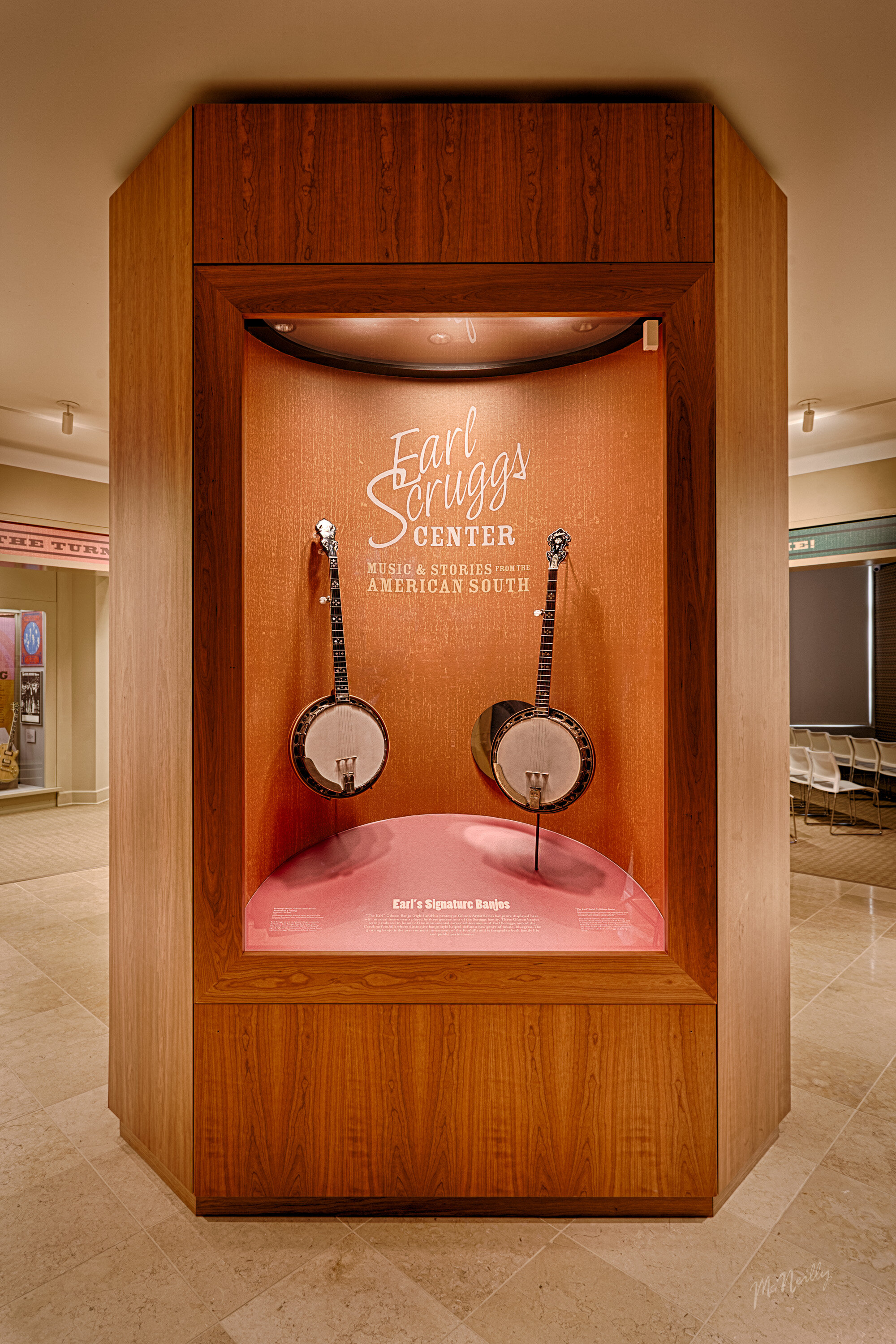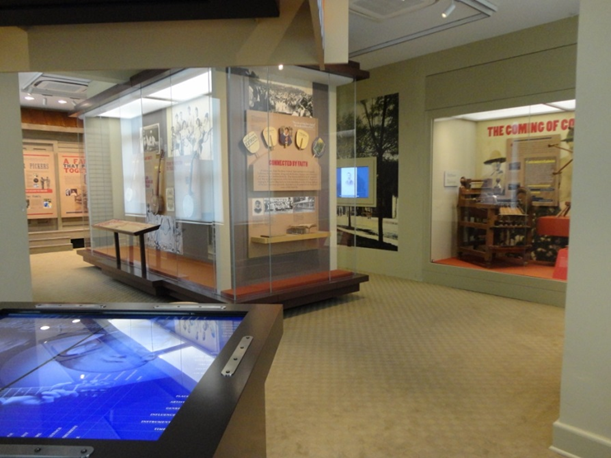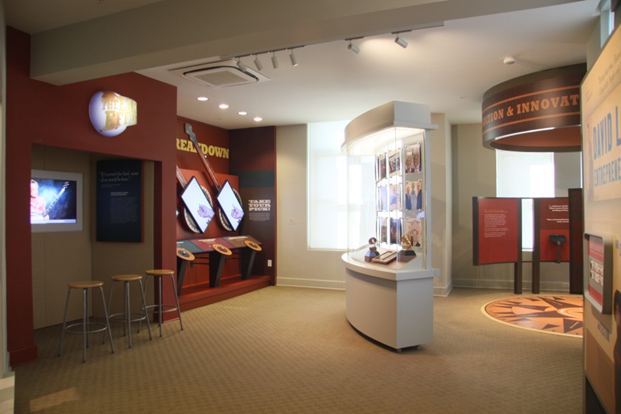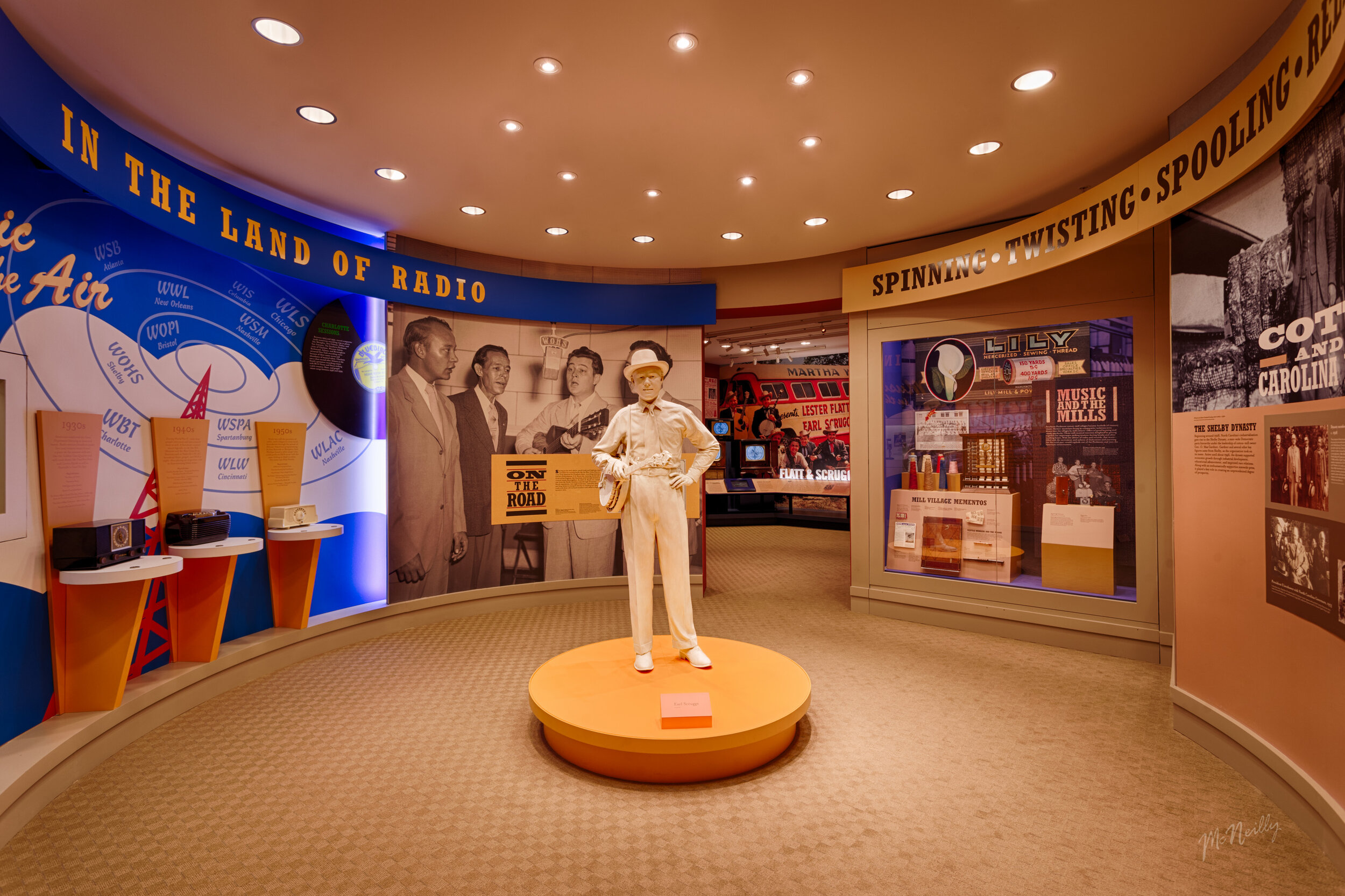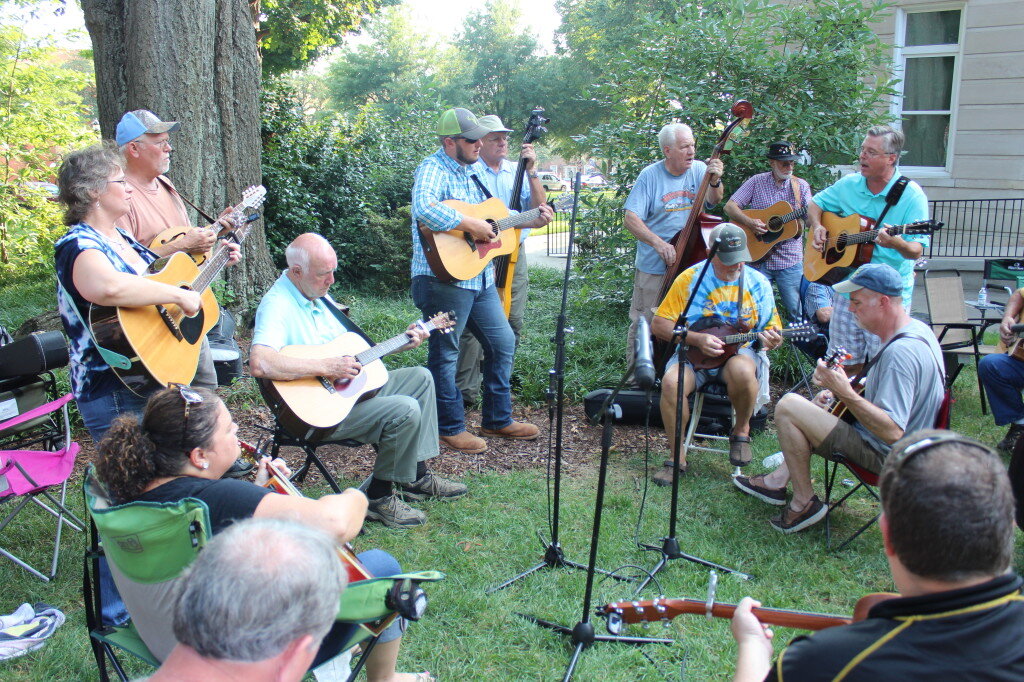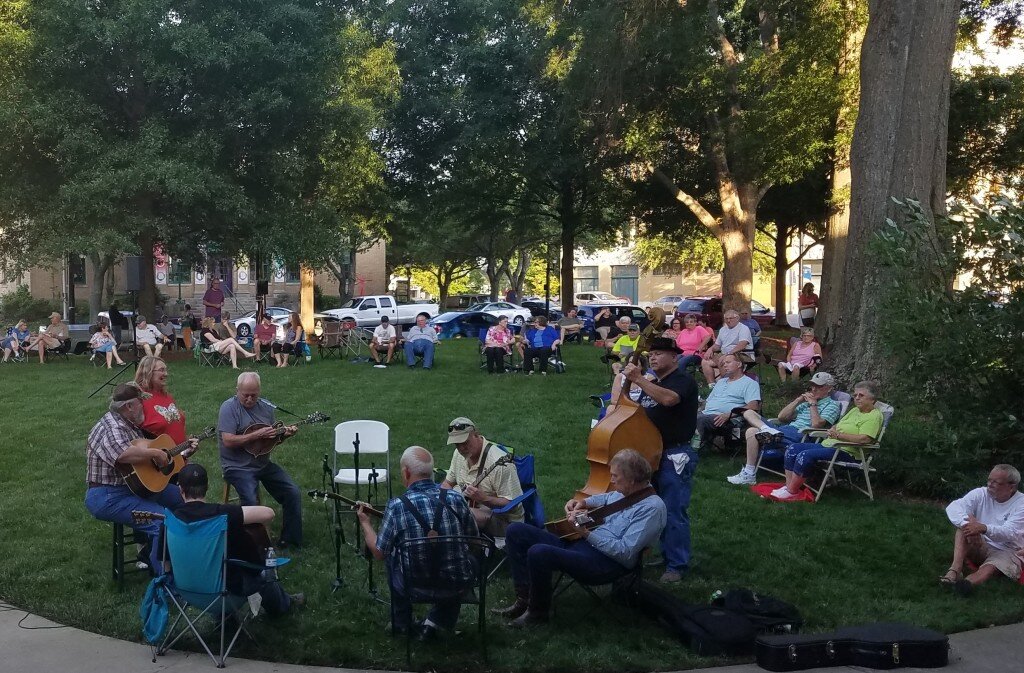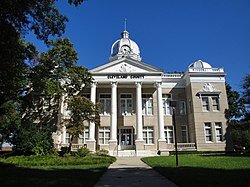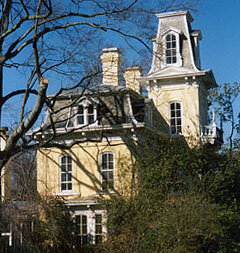The Earl Scruggs Center
/Nestled in the heart of Shelby, NC just a few miles from the Flint Hill Community where Earl Scruggs was born and raised, the Earl Scruggs Center is located in the beautifully restored 1907 Cleveland County Courthouse.
"Music & Stories from the American South" opened in 2014. The museum focuses on both the life of local musician Earl Scruggs, and the music, history and culture of the American South. The museum also hosts concerts and music lectures. After Scruggs' death in 2012 at age 88, the Earl Scruggs Center was founded near his birthplace in Shelby, North Carolina, with the aid of a federal grant and corporate donors. The center features the musical contributions of Scruggs and serves as an educational center providing classes and field trips for students.
Earl Eugene Scruggs (January 6, 1924 – March 28, 2012) was an American musician noted for popularizing a three-finger banjo picking style, now called "Scruggs style", which is a defining characteristic of bluegrass music. His three-finger style of playing was radically different from the traditional way the five-string banjo had previously been played. This new style of playing became popular and elevated the banjo from its previous role as a background rhythm instrument to featured solo status. He popularized the instrument across several genres of music.
The Earl Scruggs Center combines the life story of legendary five-string banjo master and Cleveland County native, Earl Scruggs, with the unique and engaging story of the history and cultural traditions of the region in which Mr. Scruggs was born and raised. It was in the nearby Flint Hill community where Mr. Scruggs learned to play banjo and began the three-finger playing style that has come to be known around the world as “Scruggs Style.”
The Earl Scruggs Center explores Mr. Scruggs’ innovative career and the community that gave it shape while celebrating how he crossed musical boundaries and defined the voice of the banjo to the world. Mr. Scruggs embraced tradition while also adapting to the changing times and looking toward the future—themes which resonate throughout the Center. Engaging exhibits, special event space and rich programming provide a uniquely rich experience for visitors.
Scruggs' career began at age 21 when he was hired to play in Bill Monroe's band, the Blue Grass Boys. The name "bluegrass" eventually became the eponym for the entire genre of country music now known by that title. Despite considerable success with Monroe, performing on the Grand Ole Opry and recording classic hits such as "Blue Moon of Kentucky", Scruggs resigned from the group in 1946 due to their exhausting touring schedule. Fellow band member Lester Flatt resigned as well, and he and Scruggs later paired up in a new group they called Flatt and Scruggs and the Foggy Mountain Boys. Scruggs' banjo instrumental called "Foggy Mountain Breakdown", released in 1949, became an enduring hit, and had a rebirth of popularity to a younger generation when it was featured in the 1967 film Bonnie and Clyde. The song won two Grammy Awards and, in 2005, was selected for the Library of Congress' National Recording Registry of works of unusual merit.
Flatt and Scruggs brought bluegrass music into mainstream popularity in the early 1960s with their country hit, "The Ballad of Jed Clampett" — the theme music for the television sitcom The Beverly Hillbillies — the first Scruggs recording to reach number one on the Billboard charts. Over their 20-year association, Flatt and Scruggs recorded over 50 albums and 75 singles. The duo broke up in 1969, chiefly because, while Scruggs wanted to switch styles to fit a more modern sound, Flatt was a traditionalist who opposed the change and believed doing so would alienate a fan base of bluegrass purists. Although each of them formed a new band to match their visions, neither of them ever regained the success they had achieved as a team.
Scruggs received four Grammy awards, a Grammy Lifetime Achievement Award and a National Medal of Arts. He became a member of the International Bluegrass Music Hall of Fame and was given a star on the Hollywood Walk of Fame. In 1985, Flatt and Scruggs were inducted together into the Country Music Hall of Fame and named, as a duo, number 24 on CMT's "40 Greatest Men of Country Music". Scruggs was awarded a National Heritage Fellowship by the National Endowment for the Arts, the highest honor in the folk and traditional arts in the United States. Four works by Scruggs have been placed in the Grammy Hall of Fame.
Hours of Operation
Sunday & Monday: Closed
Tuesday: 10 a.m.—4 p.m.
Wednesday: 10 a.m.—6 p.m.
Thursday-Saturday: 10 a.m.—4 p.m.
Sources:
Welcome to Cleveland County, NC
National Register | Historic Shelby
Cleveland County Courthouse: Shelby, North Carolina: A National Register of Historic Places
Home - Earl Scruggs Center
Wikipedia
